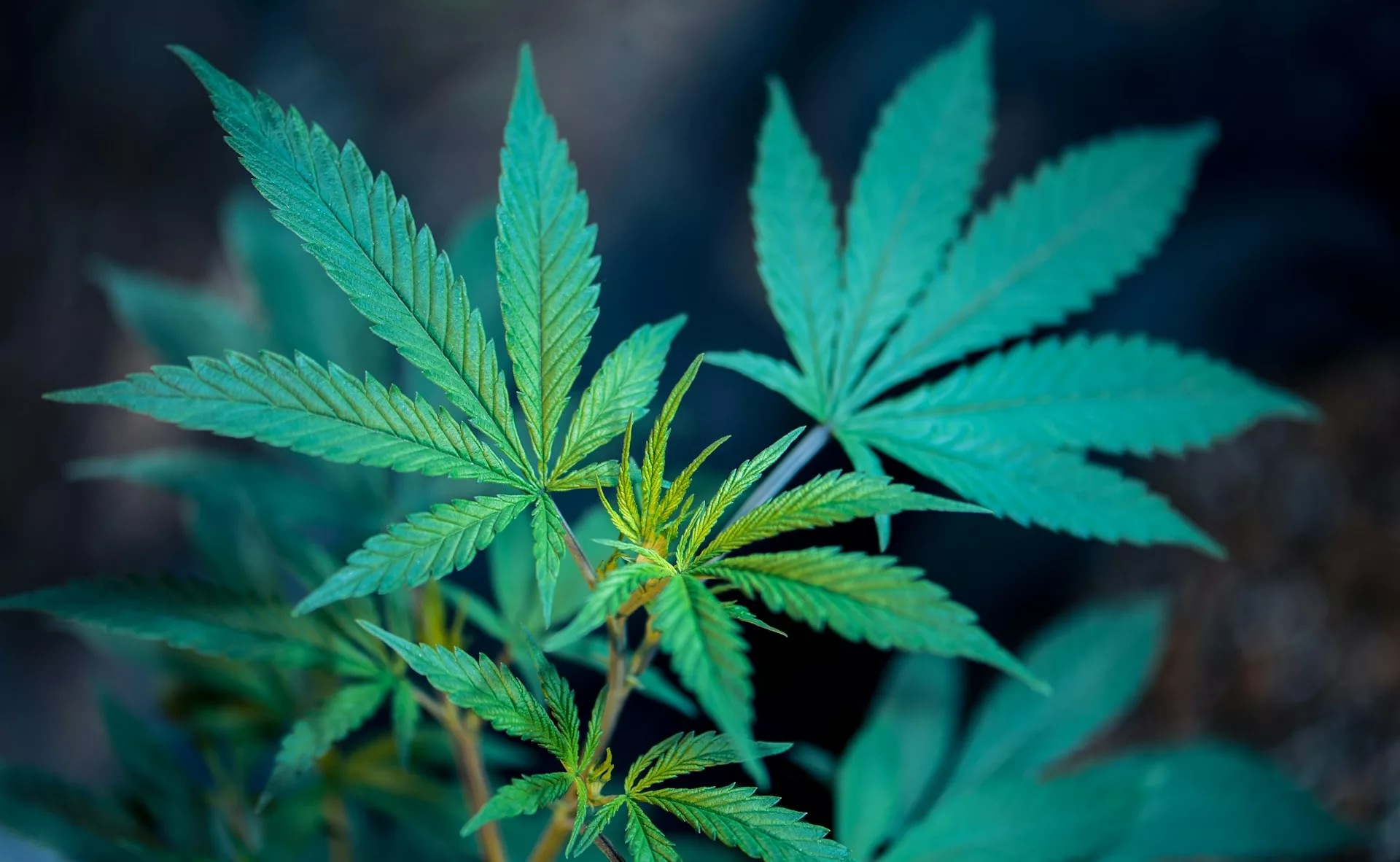In the bustling world of cannabis, where strains and products dominate headlines, the journey often begins with a humble seed. As the demand for cannabis continues to surge, it’s crucial to shine a light on the environmental implications of its seed production and distribution. In this article, we’ll delve into the intricacies of how cannabis seeds impact the environment and explore potential solutions for a more sustainable future for the CBD World.
Environmental Impact of Seed Production
The process of producing cannabis seeds involves various environmental factors, starting from cultivation to harvesting. Large-scale cultivation requires significant amounts of water, fertilizers, and energy, contributing to water scarcity and pollution. Moreover, the use of pesticides and herbicides can harm local ecosystems and biodiversity. These practices can lead to soil degradation, erosion, and loss of habitat for native species. Additionally, the energy-intensive indoor cultivation of cannabis often relies on fossil fuels, further exacerbating carbon emissions and climate change. The extraction and processing of seeds may also generate waste and pollution if not managed properly. Therefore, it’s essential to consider the full lifecycle of cannabis seed production and its environmental impacts to develop sustainable practices.
Distribution Challenges
Once seeds are harvested, they embark on a journey from the producer to the consumer. This journey involves transportation, packaging, and storage, all of which have environmental consequences. Transportation emissions contribute to air pollution and greenhouse gas emissions, exacerbating climate change. Whether seeds are transported locally or internationally, the reliance on fossil fuels for trucks, planes, or ships releases CO2 and other pollutants into the atmosphere. Moreover, long-distance transportation requires more energy and resources, further intensifying its environmental footprint.
Additionally, the use of non-biodegradable packaging materials adds to the growing problem of plastic pollution, impacting wildlife and ecosystems. Many cannabis seed products are packaged in single-use plastic containers or bags, which often end up in landfills or oceans. These plastics take hundreds of years to decompose, releasing harmful chemicals and microplastics into the environment along the way. Alternative packaging solutions, such as compostable or recyclable materials, are available but are not yet widely adopted in the cannabis industry. Thus, reducing plastic waste in seed distribution requires concerted efforts from producers, distributors, and consumers alike to prioritize eco-friendly packaging options and minimize environmental harm.
Sustainable Solutions
To mitigate the environmental impact of cannabis seed production and distribution, stakeholders across the industry must embrace sustainable practices. This includes adopting organic cultivation methods to reduce the use of harmful chemicals and promote soil health. Organic farming techniques such as composting, crop rotation, and natural pest control not only minimize the ecological footprint but also enhance soil fertility and biodiversity. By avoiding synthetic fertilizers and pesticides, organic cultivation helps prevent water contamination and protects the health of surrounding ecosystems.
Furthermore, investing in renewable energy sources for cultivation facilities can minimize carbon emissions. Transitioning to solar, wind, or hydroelectric power can significantly reduce the carbon footprint of cannabis cultivation operations. By harnessing clean and renewable energy sources, growers can mitigate their environmental impact and contribute to the global transition towards a low-carbon economy.
Promoting Biodiversity
Preserving genetic diversity is essential for the long-term sustainability of the cannabis industry. By supporting local seed banks and conservation efforts, we can safeguard rare and indigenous cannabis strains. These efforts not only protect biodiversity but also ensure resilience against pests and diseases, enhancing crop resilience in the face of climate change.
Community Engagement
Engaging with local communities is crucial for fostering sustainable practices in cannabis cultivation. Collaboration with indigenous communities can provide valuable insights into traditional cultivation methods that prioritize environmental stewardship. Indigenous peoples have cultivated cannabis for centuries, often using sustainable farming techniques that respect the land and its resources. By partnering with indigenous communities, the cannabis industry can learn from their traditional knowledge and incorporate practices that promote biodiversity, soil health, and water conservation.
Furthermore, supporting initiatives that empower small-scale growers and cooperatives can promote socio-economic development while preserving environmental integrity. Small-scale growers often have a deep connection to their land and communities, prioritizing sustainable practices out of necessity and a desire to protect their livelihoods. By investing in training programs, access to resources, and market opportunities for small-scale producers, the cannabis industry can help strengthen local economies while promoting environmentally responsible cultivation practices.
Conclusion
As the cannabis industry continues to expand, it’s imperative to prioritize environmental sustainability in seed production and distribution. With the global demand for cannabis products on the rise, the environmental impact of cultivation practices becomes increasingly significant. By adopting eco-friendly practices throughout the supply chain, from seed to sale, the industry can mitigate its ecological footprint and contribute to environmental conservation efforts.
Promoting biodiversity is essential for the long-term health of ecosystems and the resilience of cannabis crops. Preserving genetic diversity not only safeguards against the risk of crop failure due to pests or diseases but also ensures the availability of diverse cannabis strains with unique medicinal properties. Supporting initiatives that conserve indigenous landraces and heirloom varieties helps protect the genetic heritage of cannabis and maintains a rich reservoir of genetic diversity for future generations.




